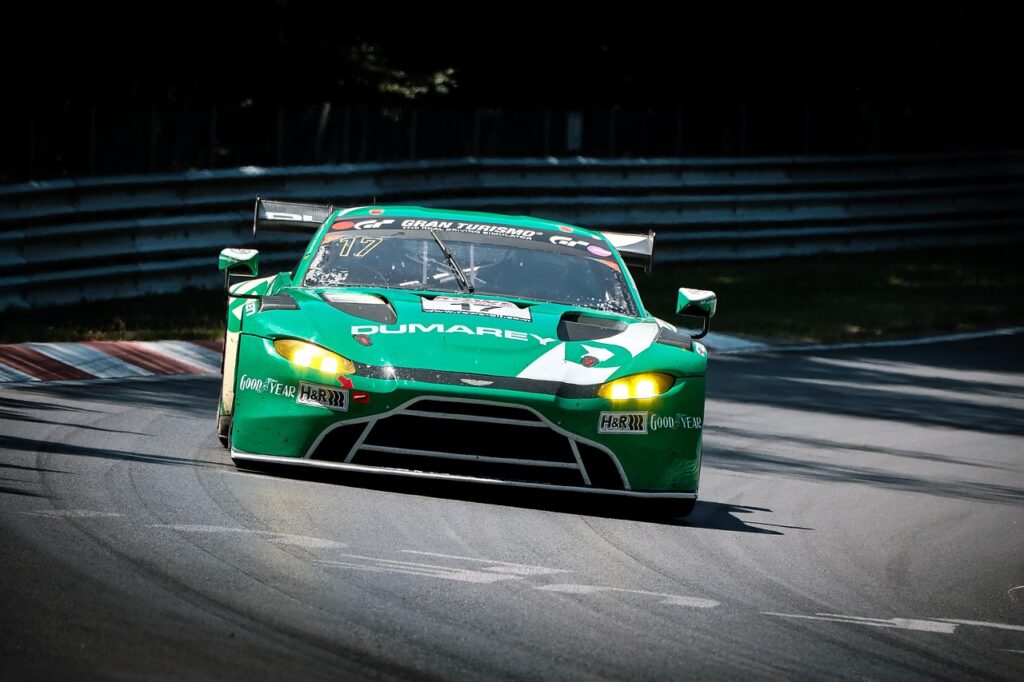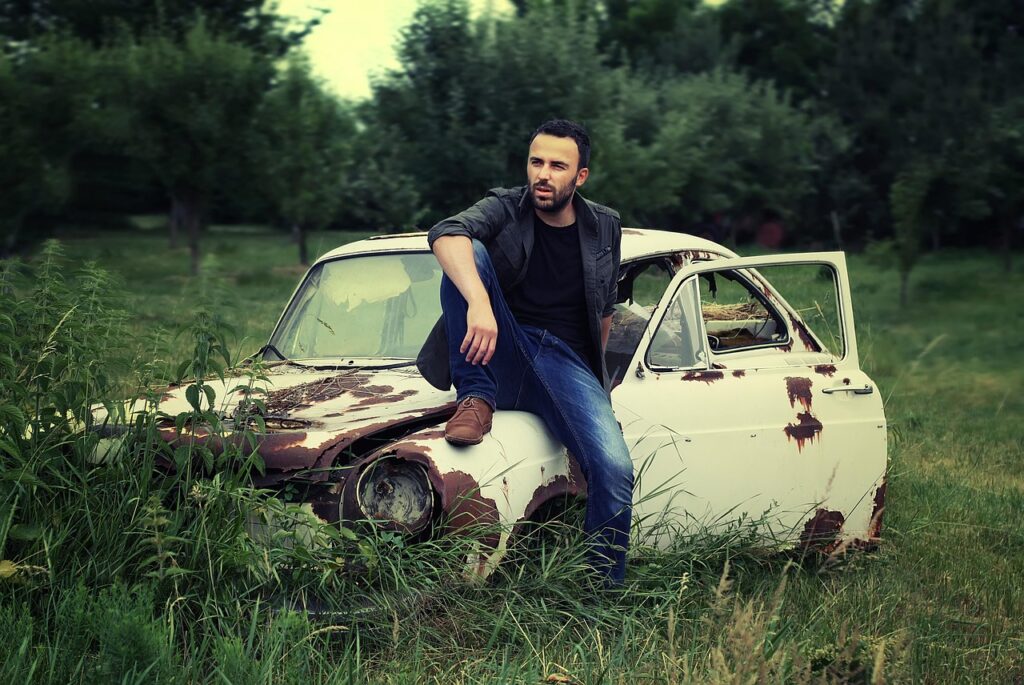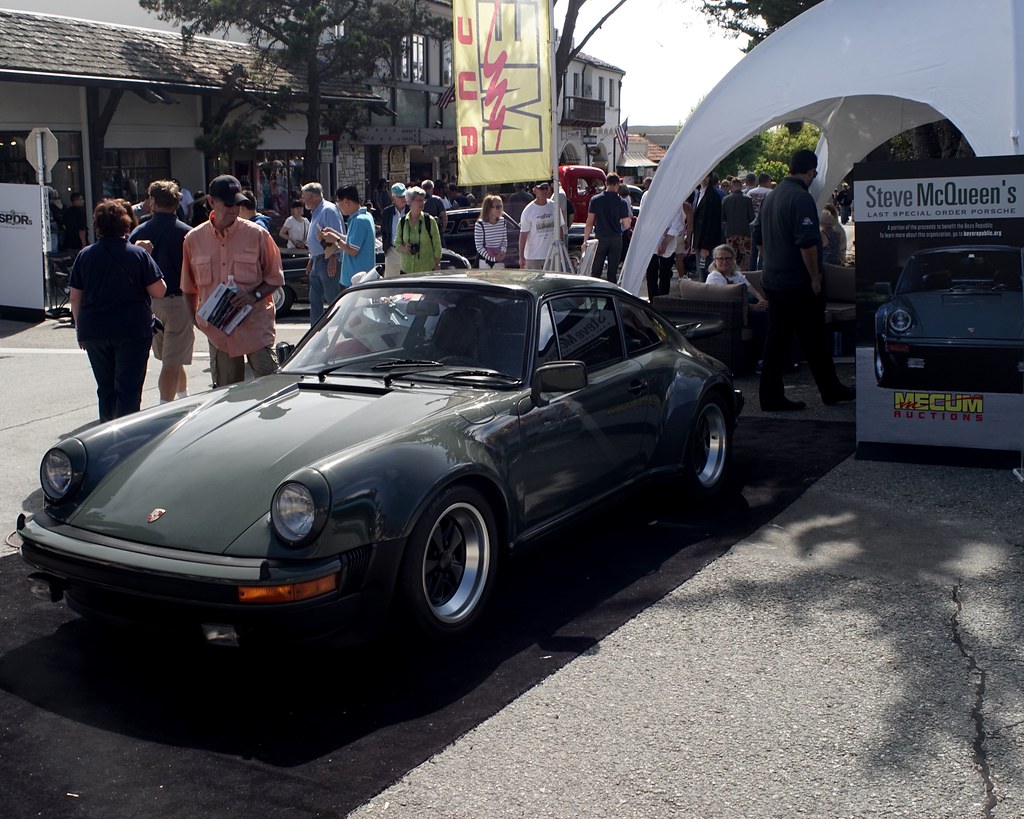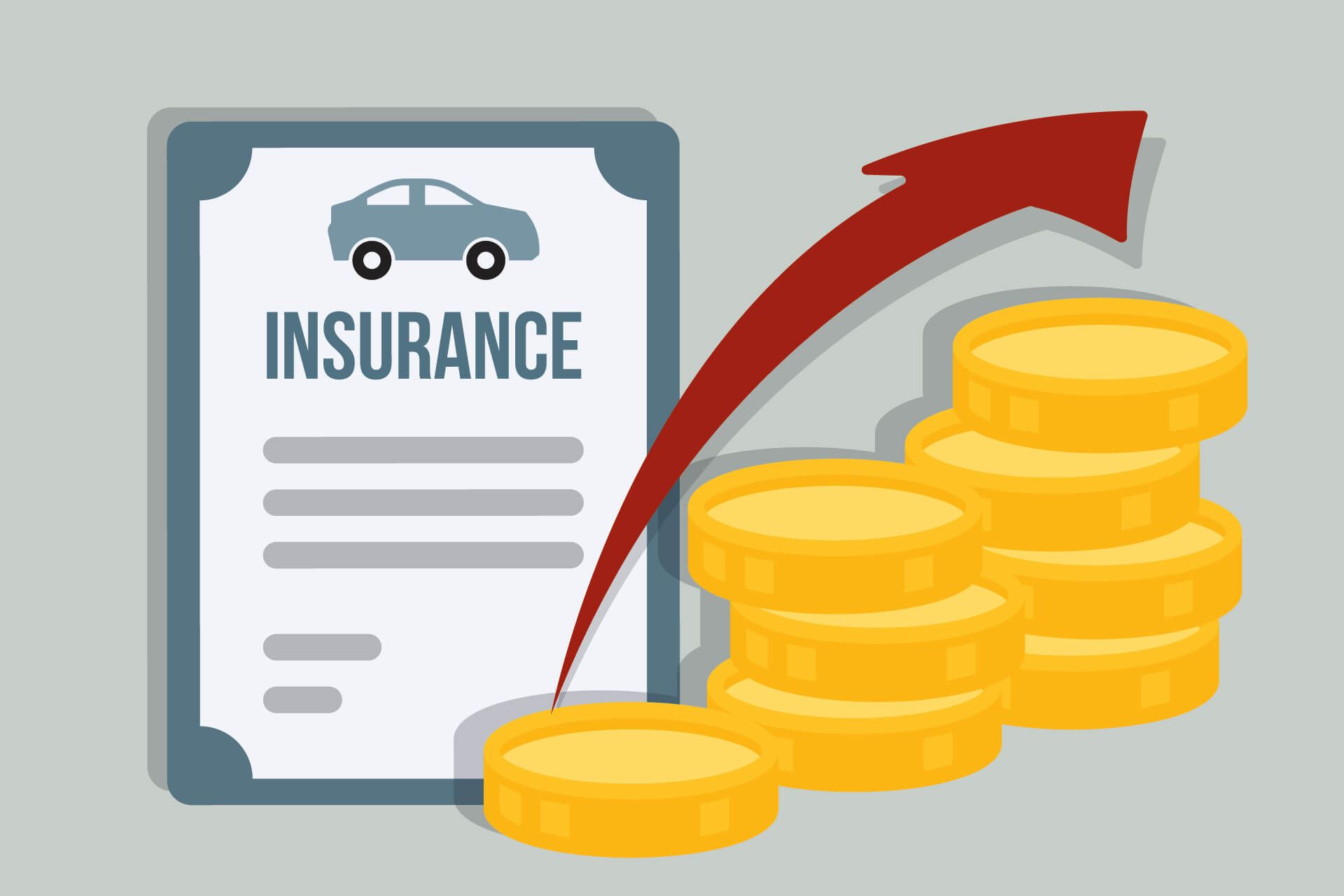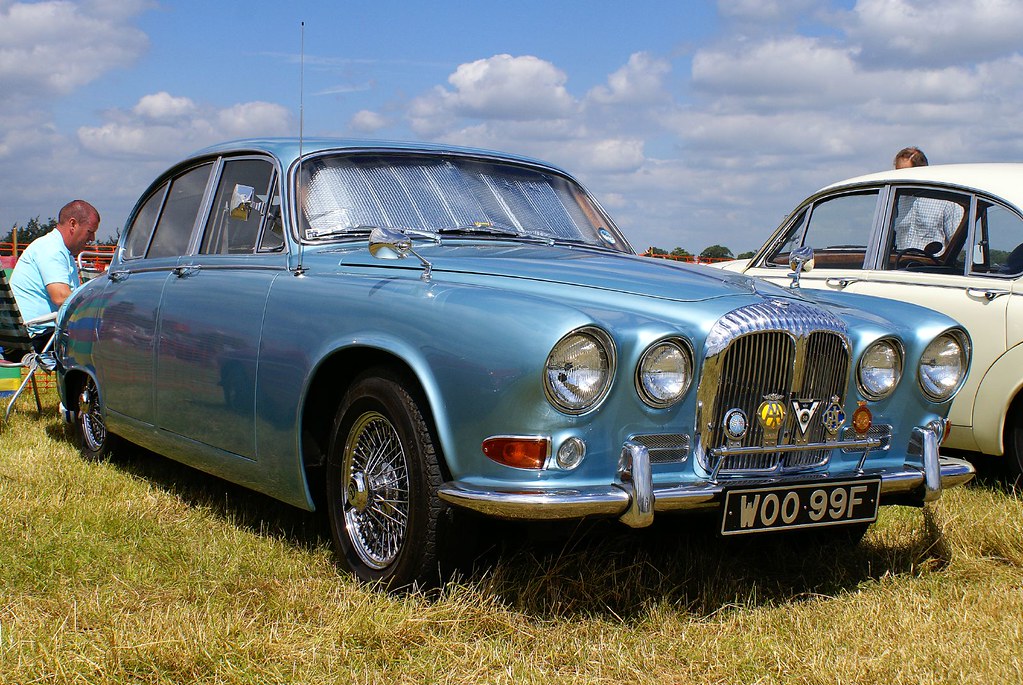
For many of us, the allure of a classic car is irresistible. Whether it’s the gleaming chrome of a vintage cruiser, the raw power of a meticulously crafted hot rod, or the nostalgic charm of an older model, these vehicles represent more than just transportation; they embody history, passion, and a tangible connection to a bygone era of automotive excellence. Owning such a treasure, however, often conjures images of exorbitant costs, particularly when it comes to insurance. It’s a common misconception that protecting a rare or high-value classic car will break the bank, leading many enthusiasts to shy away from their dreams.
But what if we told you that this widely held belief isn’t entirely accurate? What if we revealed that insuring a classic car can, in fact, be surprisingly affordable—often significantly cheaper than a policy for your everyday commuter vehicle? This revelation often catches prospective owners by surprise, and for good reason. The math seems counterintuitive at first; shouldn’t a rare, expensive classic cost more to protect than a regular car? As an independent insurance agent and business owner, I’ve helped countless collectors find that their weekend warrior ’67 Camaro costs less to insure than their daily-driven Honda. My experience working with specialty insurers has shown me exactly why classic cars are cheaper to insure, and it’s a story worth telling.
The truth lies in how insurance companies perceive and assess the risk associated with classic car ownership. Unlike daily drivers that face the constant perils of rush hour traffic, parking lot dings, and high annual mileage, classic cars are typically used differently. Owners of these cherished vehicles tend to drive them less, store them more securely, and treat them with an unparalleled level of care. This fundamental difference in usage and ownership behavior translates directly into lower risk for insurers, which in turn leads to more favorable premiums. Let’s dive deeper into the specific types of vehicles that qualify for this special treatment and uncover why they can be surprisingly cheap to insure.

1. **Antique Tractors**
When you think of classic vehicles, a tractor might not be the first image that springs to mind, but antique tractors are indeed a unique and often cherished category eligible for classic car insurance. These hardworking machines, usually restored to their former glory, represent a significant piece of agricultural history and are often showcased at fairs, parades, and historical demonstrations. They are typically driven sparingly, primarily for hobby purposes, which aligns perfectly with the low-risk profile insurers seek for classic vehicles.
The limited mileage usage is a huge factor here. Just like other classic vehicles, antique tractors are not daily drivers. They are taken out for specific events, short pleasure drives, or kept in secure storage for most of the year. This low frequency of use significantly reduces their exposure to accidents and other claims. Insurers understand that a tractor making its way to a local show once a month poses far less risk than a car navigating daily city traffic.
Furthermore, the owners of antique tractors are often meticulous enthusiasts who invest considerable time and effort into restoring and maintaining these machines. This “pride of ownership” is a key factor. Insurance companies appreciate that these vehicles are well-cared for, which reduces the likelihood of mechanical breakdowns leading to incidents. Policies for these unique classics often benefit from agreed-value coverage, ensuring that if an unfortunate event does occur, the payout reflects the true, pre-agreed worth of the restored machine, not a depreciated market value.
Read more about: A Highway Hazard: 12 Trucks Towed More Than Driven Due to Constant Electrical Failures
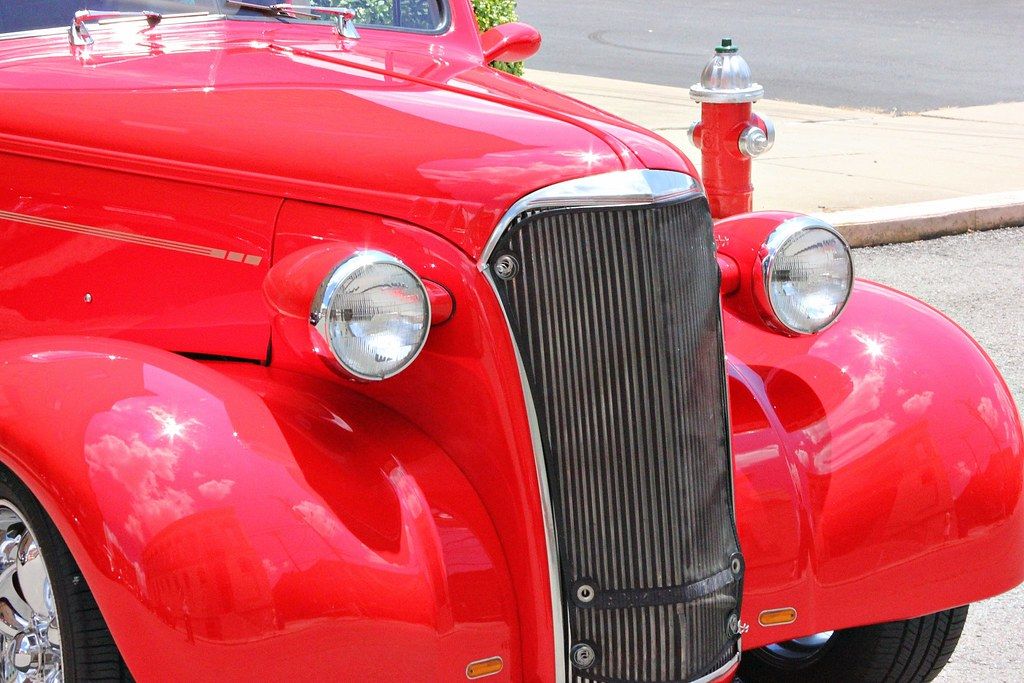
2. **Classic Hot Rods & Street Rods**
Classic hot rods and street rods embody American ingenuity and passion for automotive customization. These vehicles, often built from older models and heavily modified for performance and aesthetics, are true works of art on wheels. Despite their powerful engines and eye-catching designs, they often qualify for surprisingly affordable classic car insurance. The reason lies in their purpose and how they are typically used by their dedicated owners.
Owners of hot rods and street rods are quintessential careful drivers. They invest countless hours and significant resources into crafting and maintaining these unique machines, treating them as treasures rather than mere modes of transport. This demographic profile—experienced drivers with clean records who view their vehicles as investments—is highly attractive to insurance companies. As the context states, classic car owners represent a fundamentally different risk profile than daily commuters rushing through traffic.
The usage patterns for these vehicles also contribute to lower premiums. Hot rods and street rods are almost exclusively used for leisure: car shows, weekend cruises, and special events. They are rarely, if ever, daily drivers. This limited use means significantly fewer miles on the road annually, reducing the chance of accidents. Many classic car policies cap annual mileage between 2,000 to 7,500 miles, which is perfectly suited for these enthusiast-driven vehicles.
Moreover, secure storage is a common requirement for classic car insurance, and hot rod owners typically exceed these expectations. An enclosed, locked garage is not just a suggestion; it’s standard practice for protecting such valuable and customized vehicles from theft, vandalism, and environmental damage. This commitment to security further lowers the risk profile, allowing insurers to offer more competitive rates. Companies like American Collectors, American Modern, and Hagerty are noted for covering these classic hot rods & street rods.
Read more about: Death Traps on Wheels: 10 Iconic American Cars Too Dangerous for Today’s Roads
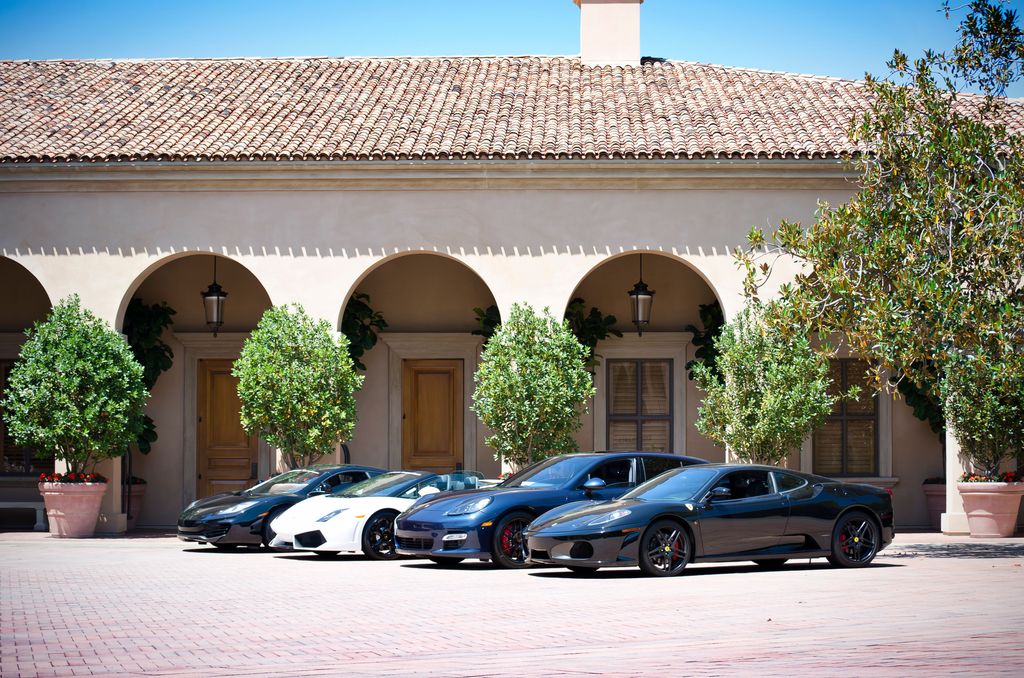
3. **Exotic Cars**
When the term “exotic car” is mentioned, one might immediately envision astronomical insurance costs. After all, these are often high-performance, high-value vehicles with immense rarity. However, the world of classic car insurance offers a surprising twist for many exotic car owners. While a million-dollar Shelby Cobra will indeed cost more to insure than a $20,000 Camaro, the *type* of insurance and the *manner* in which these vehicles are used can still lead to unexpectedly favorable rates compared to standard auto policies for similar-value modern exotics.
The key differentiator for insuring classic exotic cars is their usage. Like other classics, these vehicles are seldom driven daily. Their owners typically reserve them for special occasions, rallies, or exhibition. This translates directly into limited mileage usage. Insurance companies understand that a classic exotic, carefully preserved and driven infrequently, presents a lower risk of accidents compared to a new exotic that might be driven more aggressively or more often, even if it’s not a daily driver. The context highlights that “limited mileage usage is the biggest factor working in your favor,” and this applies even to high-end classics.
Furthermore, the concept of “agreed value coverage” is particularly beneficial for classic exotic cars. Unlike regular cars that depreciate, classic exotics often maintain or appreciate in value. With agreed-value coverage, the insurer and owner agree upfront on the car’s worth, ensuring that the full value is paid out in the event of a total loss, without arguments about depreciation. This certainty can make premiums more predictable and, relatively speaking, more palatable for such valuable assets.
Owners of classic exotic cars also tend to be highly responsible and experienced drivers, often over 25 with clean driving records. These demographics are favored by insurers. Coupled with stringent secure storage requirements—typically a locked, enclosed, and often climate-controlled garage—the risk factors associated with theft, vandalism, and environmental damage are significantly mitigated. Companies such as American Collectors, American Modern, Grundy, and Hagerty are among those that should cover exotic cars, offering specialized protection for these automotive masterpieces.
Read more about: Green Thumbs Not Required: 12 Houseplants That Thrive on Neglect, According to the Experts
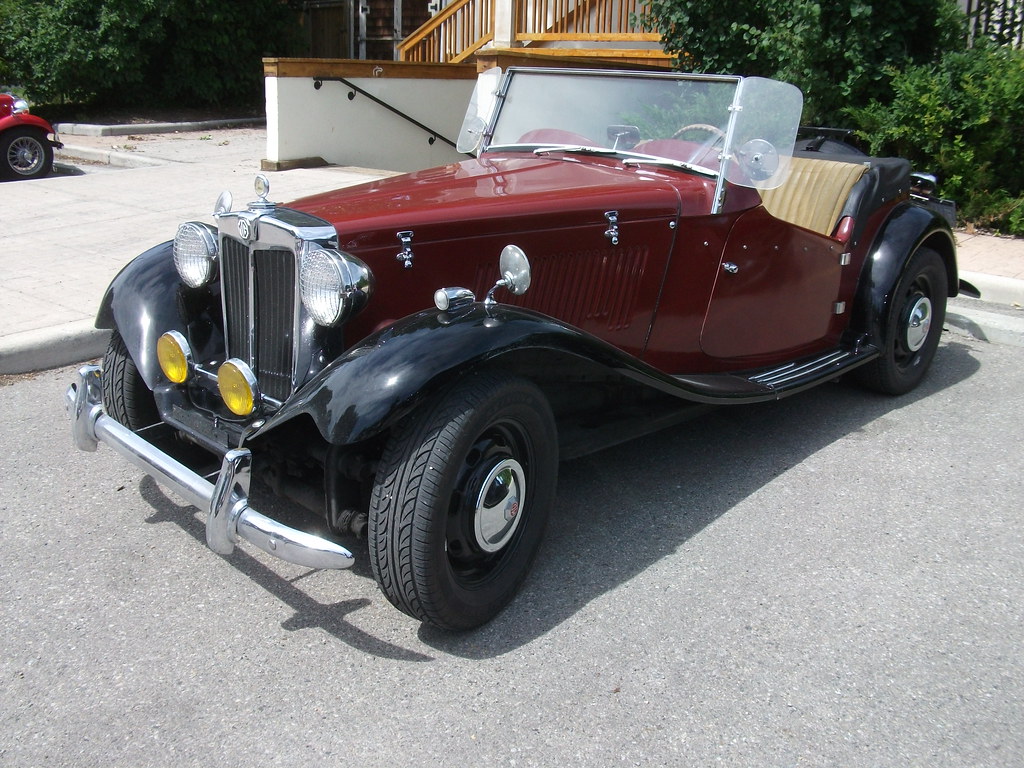
4. **Kit Cars and Replicas**
Kit cars and replicas offer enthusiasts the thrill of owning a unique vehicle that often emulates a famous or rare classic, but at a more accessible entry point. These vehicles, built from kits or designed to replicate historical models, might seem unconventional to standard insurers. However, classic car insurance companies are well-equipped to cover them, often with surprisingly affordable premiums, due to the unique characteristics of their ownership and use.
One of the primary reasons for lower insurance costs for kit cars and replicas stems from their typical usage. These vehicles are almost exclusively built and driven for hobby and pleasure. They are weekend warriors, show cars, or project vehicles that see very limited road time. This restricted annual mileage aligns perfectly with the requirements of classic car policies, which are structured around infrequent use. When your replica spends most of its time garaged or at shows, the risk of an accident drastically decreases.
Owners of kit cars and replicas embody the “pride of ownership” that insurers value. The dedication and skill required to build or maintain these vehicles mean owners are intimately familiar with their mechanics and tend to drive them with extreme care. This careful driver demographic—often experienced and responsible individuals—contributes to a lower risk profile. The context notes that “most of us are experienced drivers who treat our vintage rides like the treasures they are,” a sentiment that certainly extends to those who build their own.
Classic car insurance for kit cars typically includes agreed-value coverage, which is crucial for these unique builds. Since their market value can be subjective, agreeing on the value upfront eliminates potential disputes after a loss. Furthermore, secure storage in an enclosed, locked garage is usually a requirement, which kit car owners readily meet to protect their handcrafted investments. Companies like American Collectors, American Modern, Hagerty, and Heacock specifically list coverage for kit cars and replicas, acknowledging their place within the classic car community and their eligibility for specialized, often cheaper, insurance.
Read more about: Behind the Headlines: 13 Race Teams Who Would Never Agree to Use the Same Pit Crew
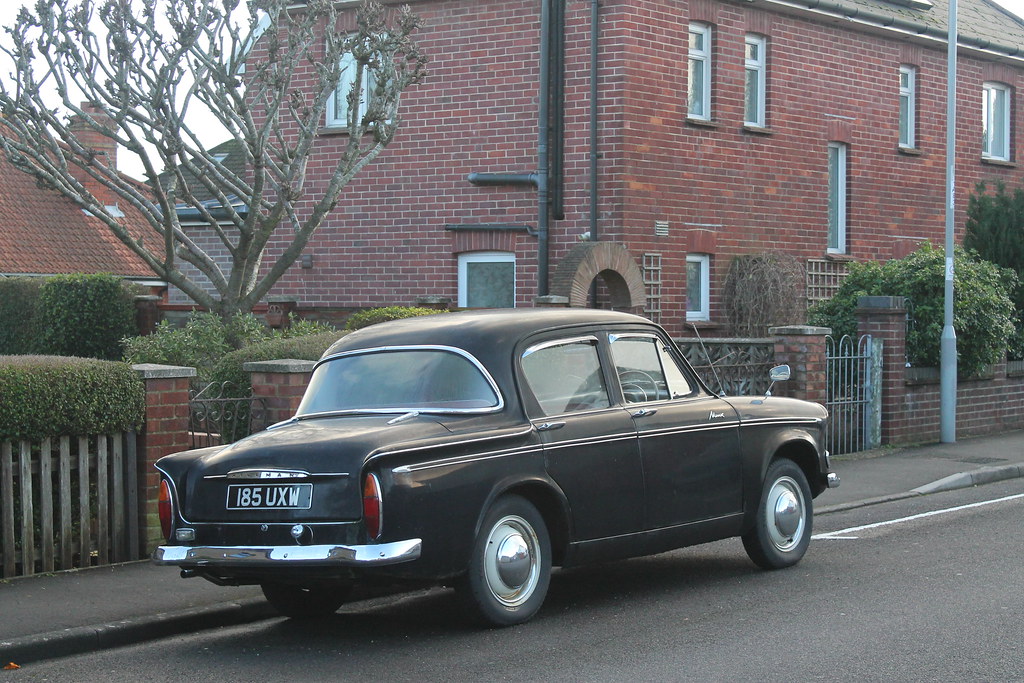
5. **Modern Classic Cars**
Modern classic cars represent a fascinating bridge between vintage charm and contemporary performance, often encompassing vehicles from the 1980s, 1990s, or even early 2000s that are gaining collector status. While not as old as traditional antiques, these vehicles are increasingly sought after by enthusiasts and, surprisingly, can also be cheaper to insure than many newer models. This segment includes cars that Hagerty defines as “from 1980 and newer,” showcasing their eligibility for specialized policies.
The affordability for modern classics largely hinges on the same principles that apply to older vintage cars: limited usage. Unlike their daily-driven counterparts, modern classics are typically secondary vehicles, cherished for weekend cruises, car club events, or occasional pleasure drives. They are not subjected to the wear and tear of daily commuting, significantly reducing their annual mileage and, consequently, their accident exposure. The context emphasizes that “classic car insurance is intended for secondary cars, not daily drivers or commuting cars.”
Moreover, owners of modern classics often exhibit the same careful driving habits and pride of ownership as those with older vintage vehicles. These are enthusiasts who value their cars’ condition, meaning they are well-maintained and driven responsibly. This demographic, combined with the usual requirement for secure, enclosed garage storage, drastically lowers the risk of theft, vandalism, and damage. These factors combine to make modern classics a favorable risk for insurers.
Agreed-value coverage is a particularly attractive feature for modern classics, as it protects the investment against depreciation. As these cars begin to appreciate in value, having an agreed-upon valuation ensures that the policy accurately reflects their worth, without the complexities of market depreciation typically found in standard auto insurance. Several reputable insurers, including American Collectors, American Modern, Grundy, and Hagerty, provide specific coverage for modern classic cars, affirming their place in the affordable classic insurance landscape and making dream ownership a reality for many.
Continuing our journey through the diverse landscape of classic vehicles, it’s clear that the world of collector car insurance is far more expansive and accommodating than many realize. We’ve explored how a vehicle’s unique usage, the owner’s dedication, and specialized coverage options can lead to significant savings. Now, let’s uncover four more distinct categories of cherished rides that surprisingly qualify for budget-friendly insurance, proving that your dream classic might be more accessible than you ever imagined.
Read more about: Green Thumbs Not Required: 12 Houseplants That Thrive on Neglect, According to the Experts
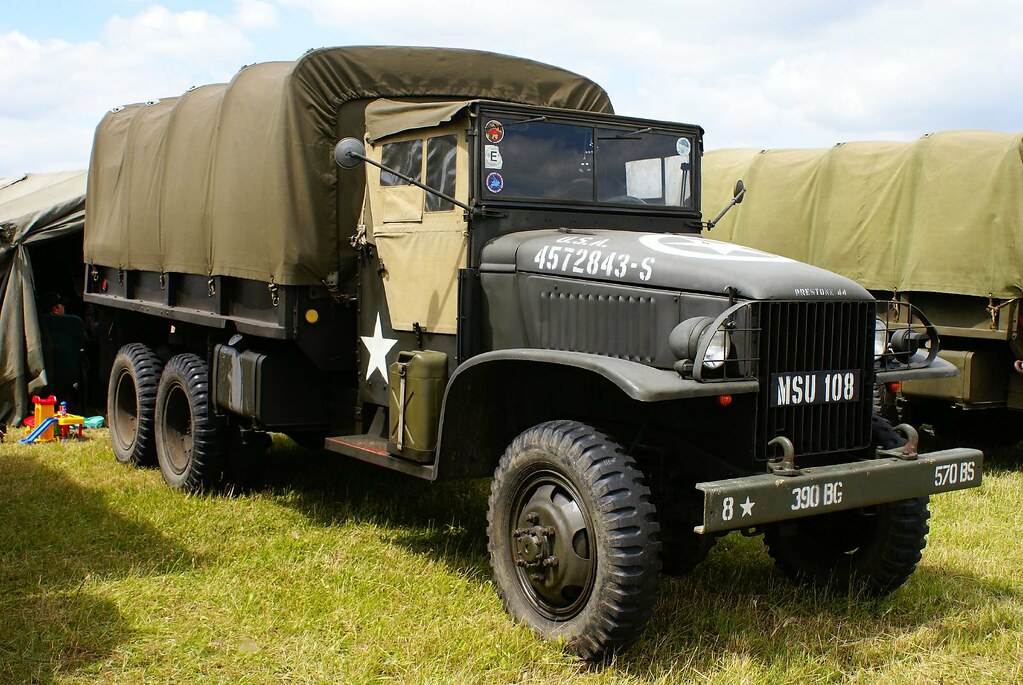
6. **Military Vehicles (Antiques)**
When we talk about classic vehicles, the image of a restored Jeep or a vintage troop carrier might not instantly come to mind for everyone, but antique military vehicles hold a significant place in history and the classic car community. These robust machines, often meticulously brought back to their original condition, represent pivotal moments in global history. They are frequently displayed at historical reenactments, parades, and specialized shows, driven only for specific events or pleasure, making them excellent candidates for classic car insurance.
The infrequent use of these antique war machines is a major factor in their affordable insurance premiums. Owners typically store them in secure, enclosed garages and only bring them out for short, purposeful drives to events or for maintenance. This limited exposure to road hazards and daily traffic greatly reduces the risk of accidents and claims, which insurers view favorably. Companies like Condon Skelly specifically highlight coverage for unique vehicles, including vintage tractors and military vehicles, recognizing their distinct usage patterns.
Furthermore, the pride of ownership for military vehicle enthusiasts is exceptionally high. These owners are often passionate about preserving history and invest considerable time, effort, and resources into restoring and maintaining their vehicles to pristine condition. This dedication suggests a responsible owner who is less likely to engage in risky driving behavior. Insurers such as American Collectors, American Modern, Hagerty, J.C. Taylor, and Leland-West are noted for covering these historically significant antiques, understanding the unique care they receive.
Their specialized policies often include agreed-value coverage, which is crucial for such unique and often irreplaceable items. This ensures that the vehicle’s true historical and restored value is protected, not a depreciated market value. By meeting typical classic car insurance requirements like secure storage and limited leisure use, owners of antique military vehicles can enjoy surprisingly affordable rates, preserving a piece of the past without breaking the bank.
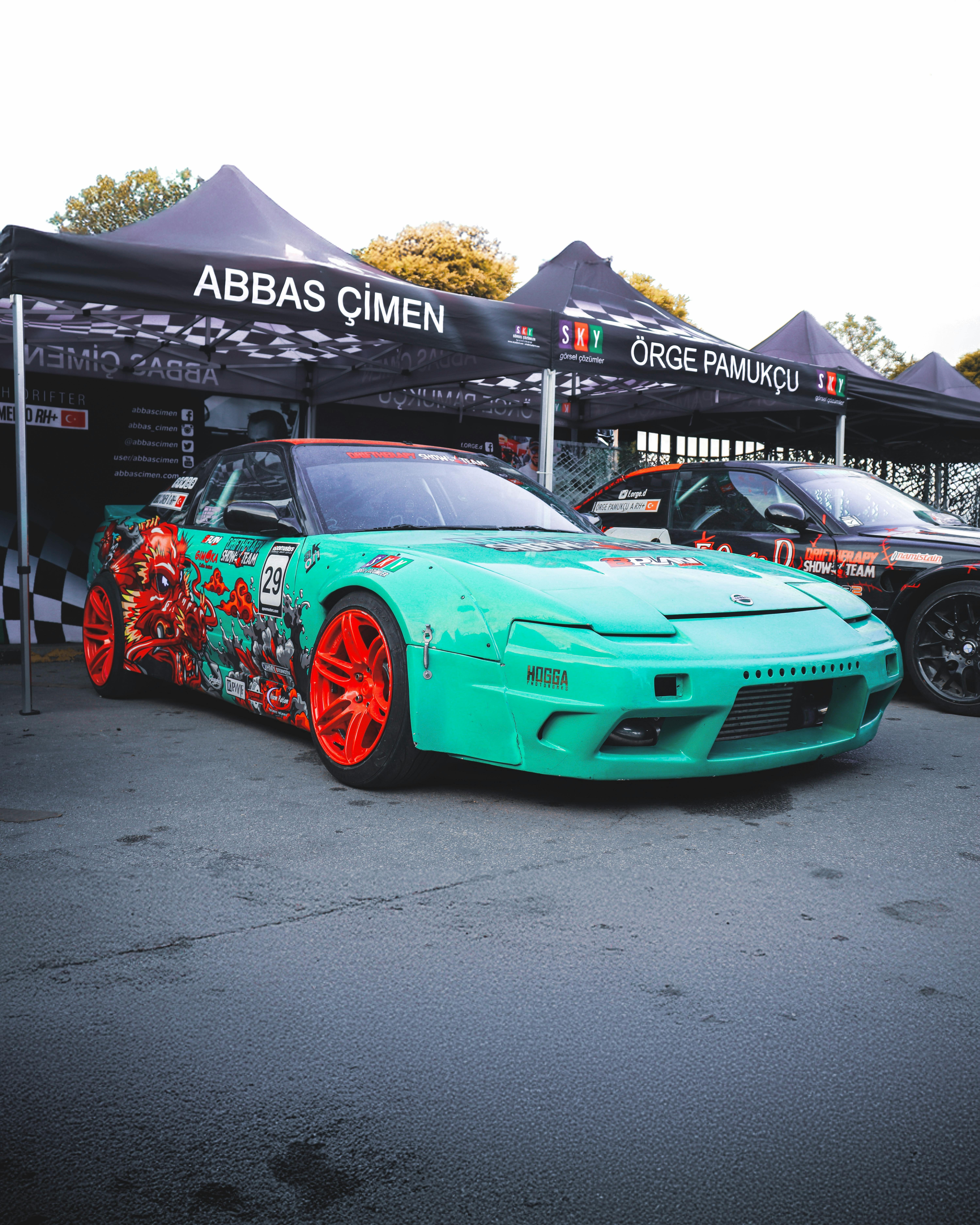
7. **Modified/Customs Cars**
For many enthusiasts, a classic car is a canvas for personal expression, leading to the creation of stunning modified or custom vehicles. These cars, ranging from subtle enhancements to radical transformations, embody a unique blend of automotive history and individual artistry. Despite the often significant investment in customization, these personalized classics frequently qualify for specialized insurance that is surprisingly cost-effective, offering peace of mind for their one-of-a-kind nature.
Owners of modified and custom cars pour their hearts, souls, and significant financial resources into these projects. This deep personal connection translates into incredibly careful driving habits and meticulous maintenance. Insurers recognize that someone who has spent countless hours perfecting their vehicle will treat it with the utmost respect and caution on the road. The demographic of these drivers — often experienced and passionate individuals — aligns perfectly with the lower-risk profile classic car insurers seek.
Similar to other classic categories, modified and custom cars are typically not daily drivers. They are reserved for weekend cruises, car shows, club events, or special pleasure drives. This limited annual mileage significantly reduces their exposure to everyday risks, directly contributing to lower insurance premiums. Companies such as American Collectors, American Modern, Grundy, Hagerty, Heacock, J.C. Taylor, Leland-West, Safeco, and State Farm (for vehicles over 25 years old) specifically cater to these unique builds.
Agreed-value coverage is particularly vital for modified and custom cars. Given the bespoke nature of these vehicles, their market value can be highly subjective and often exceeds that of a standard model. An agreed-upon valuation upfront ensures that, in the event of a total loss, the insurance payout reflects the true, enhanced worth of the vehicle, protecting the owner’s investment in their custom work without debate over depreciation. Secure, enclosed garage storage is also a standard requirement, safeguarding these unique automotive treasures from theft and damage.
8. **Race Cars**
The idea of a race car being “cheap to insure” might sound like a paradox, conjuring images of high-speed risks and expensive crashes. However, within the realm of classic car insurance, certain types of race cars—particularly those collected for historical significance rather than active competition—can indeed qualify for surprisingly affordable premiums. This specialized coverage is generally designed for vehicles primarily used for exhibition, storage, and limited track-day events, not competitive racing.
Insurance for collector race cars focuses on protecting the vehicle during its non-competitive life. This includes coverage for storage in secure facilities, transit to and from events, and display at shows or in paddocks. Companies like Heacock Classic are specifically recognized for offering “storage, transit and paddock insurance for race cars,” while Hagerty provides a “motorsports advantage endorsement for race cars,” acknowledging their unique needs. American Collectors, American Modern, Leland-West, and State Farm (with a motorsports add-on) also cater to these specialized vehicles.
The low premiums for these types of race cars stem from their infrequent and controlled usage. They are not subjected to the continuous high-risk environment of daily driving or aggressive competition. When driven, it’s often under supervised conditions or for non-timed events, which significantly mitigates risk. Owners typically maintain these high-performance machines to an exceptionally high standard, further reducing the likelihood of mechanical failures that could lead to incidents.
It’s crucial to understand that this coverage is for collector race cars, not vehicles actively competing in high-stakes races. The classic car insurance model is built on limited mileage and responsible ownership, even for vehicles designed for speed. By adhering to these principles and focusing on preservation and display, owners can protect their racing heritage assets with policies that are surprisingly reasonable, proving that even a track machine can be an affordable classic to insure.
Read more about: A Master Plumber’s Blueprint: Unveiling 13 Essential Power Tool Upgrades for Your 2025 Workshop
9. **Restoration Cars**
The journey of restoring a classic car is a labor of love, transforming a piece of automotive history back to its former glory or even beyond. This intricate process, often spanning months or even years, requires significant investment, and thankfully, classic car insurance is specifically designed to protect these evolving projects. Insuring a car mid-restoration can be surprisingly affordable, ensuring your investment is safeguarded every step of the way, even before it hits the open road.
Companies like Hagerty stand out for their “vehicles under construction” coverage, which is a true game-changer for restorers. This specialized feature automatically increases your car’s agreed value by 10% each quarter during the restoration process, up to a maximum annual increase of $25,000. This foresight ensures that as you pour more time and money into the vehicle, its insured value keeps pace, preventing you from being underinsured should an unfortunate event occur.
The affordability for restoration cars also comes from the understanding that these vehicles are not being driven daily. They are typically stored in garages or workshops, meticulously worked on, and only moved when absolutely necessary. This limited movement and secure environment reduce the overall risk profile, allowing insurers to offer more favorable rates. American Modern and Heacock also explicitly state that they cover classic cars in the process of being restored, whether it’s in a professional shop or a personal garage.
Agreed-value coverage is paramount for restoration projects. Since the car’s value increases significantly as work progresses, agreeing on an updated valuation with the insurer ensures comprehensive protection. This prevents disputes over the car’s worth and guarantees that your investment in parts, labor, and love is accurately accounted for. Many insurers, including American Collectors, American National, Chubb, Condon Skelly, Leland-West, and Safeco (as long as 50% rebuilt), recognize the unique needs of restoration cars.
Ultimately, the commitment of restorers to their craft and the eventual limited, careful use of the finished classic car align perfectly with the core principles of classic car insurance. By providing coverage for the vehicle throughout its transformation and rewarding responsible ownership, these policies make the ambitious dream of bringing a classic back to life a much more secure and financially sensible endeavor.
As we’ve journeyed through these nine captivating categories, one truth emerges with gleaming clarity: owning a classic car doesn’t have to be a financial burden, especially when it comes to insurance. The secret lies in understanding how specialty insurers view these cherished vehicles and their dedicated owners. They recognize that classics are passion projects, not daily commuters, driven less, stored securely, and maintained with an unparalleled level of care.
This unique risk profile is your golden ticket to premiums that are often significantly lower than standard auto insurance. Whether your heart beats for the rugged history of an antique military vehicle, the personalized flair of a custom build, the raw power of a collector race car, or the evolving beauty of a restoration project, there’s a classic car insurance policy tailored just for you. The key is to embrace the limited usage, secure storage, and agreed-value benefits that define this specialized market.
Read more about: A Master Plumber’s Blueprint: Unveiling 13 Essential Power Tool Upgrades for Your 2025 Workshop
So, don’t let old misconceptions steer you away from your automotive dreams. Dive into the world of classic car insurance, compare quotes from companies like American Collectors, American Modern, Hagerty, and Heacock, and discover the surprising affordability that awaits. It’s time to enjoy the open road with your treasured classic, knowing it’s protected not just by your passion, but by a smart, budget-friendly insurance plan designed for enthusiasts like you. Happy cruising!

